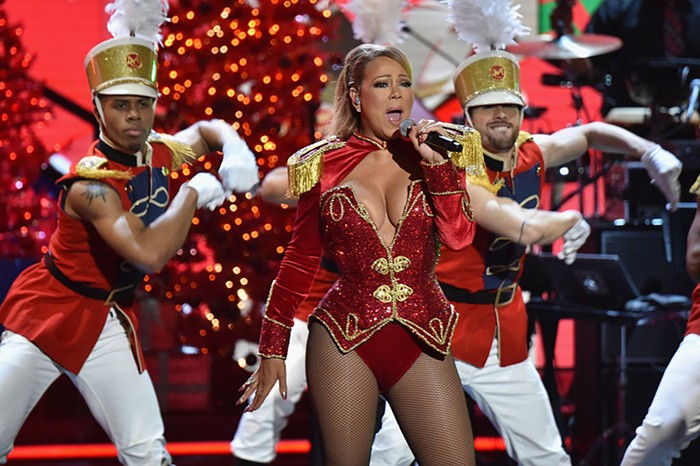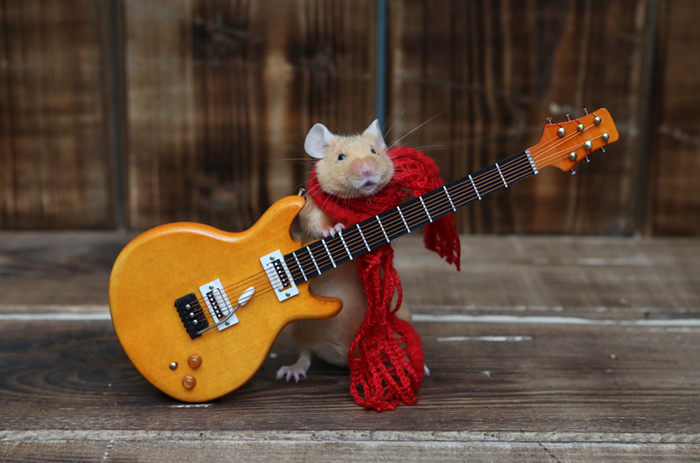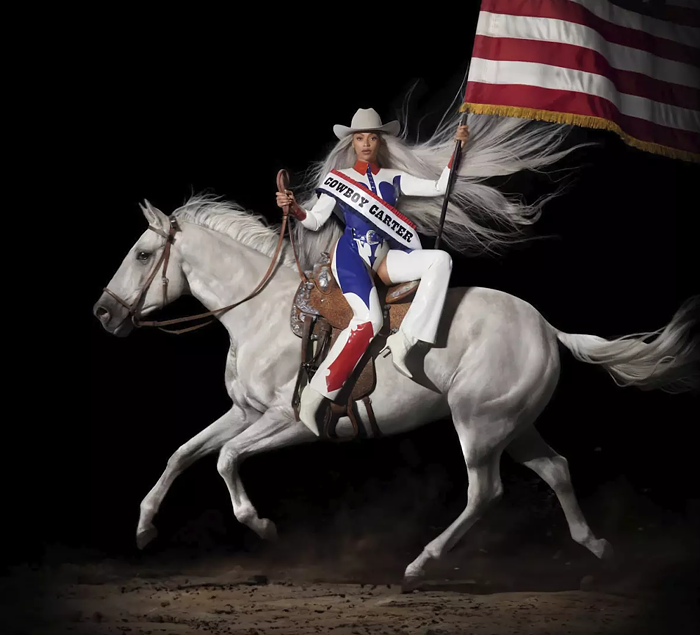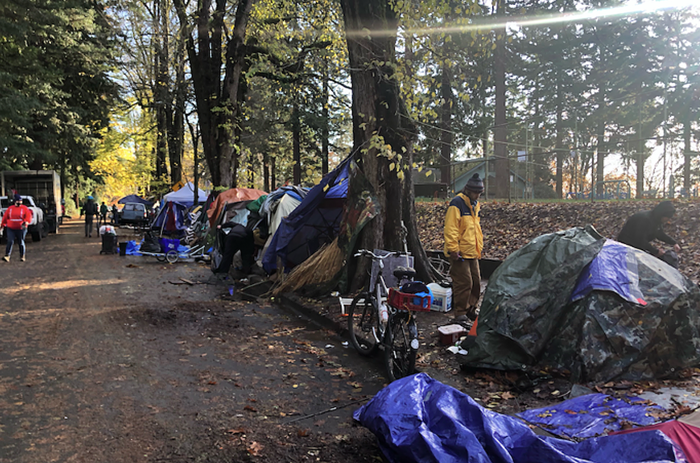There's no denying that this summer's Contemporary Northwest Art Awards at the Portland Art Museum snubbed plenty of the deserving talent in its own backyard (of the five finalists, only one hailed from Oregon). Thankfully, Volume, curated by critic and PORT blogger Jeff Jahn, responds with a survey of emerging Portland-based artists. According to Jahn, the diffuse work here is united by the artists' abiding interest in renegotiating space. It's a fitting theme, given Portland's own growth and evolution, and it's a more urbane counterpoint to the Awards' emphasis on the region's natural landscape and rural areas.
As with all group shows, there's ample disparity in how these artists engage the notion of "space." Stephanie Robison, in her largest installation yet, confronts the viewer by simply taking so much of it up. Four enormous soft sculptures—crumpled, cloud-like forms, each with a protruding mirrored periscope—crowd the entrance to the main gallery, seemingly interrogating visitors like a group of flabby, slouching sentinels. Damien Gilley's "Keller Fortress," on the other hand, literally re-imagines one of the city's landmarks in retro-futuristic terms. On an undulating piece of black foam, Gilley maps out a three-dimensional schematic drawing of the titular fountain in black-lit fluorescent tape, conjuring the green-lined worlds of vintage arcade games like Battlezone and Star Wars. Stephen Slappe steers the dialogue into more abstract territory with his four-channel, room-sized installation "Cul-de-sac," in which he extracts and physically replicates the cliché devices of the horror genre. On a projection screen at the north end of the room, snippets of vampires from hundreds of films sneer, cackle, and bare their fangs. Directly opposite, a montage is projected of people fleeing, and just beyond it, a third screen cycles through scenes of rising suns. In essence, Slappe plays vampire to the genre, sucking its structural lifeblood to sustain another entity.
Overall, Volume maintains its focus more often than it loses it. Quieter pieces, like Laura Fritz's gridded lightbox, are drowned out by more spectacular entries from Sean Healy, Stephen Funk, and Karl Burkheimer—an inevitable consequence of competing for the same space.













